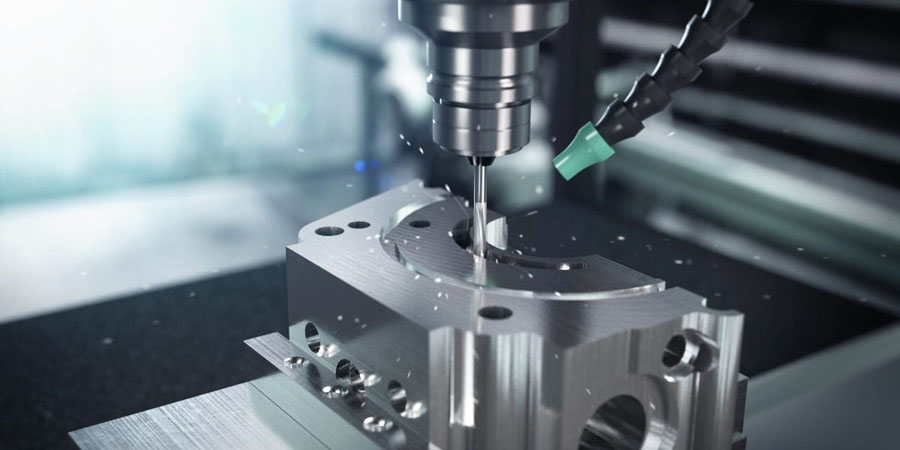Stainless steel precision machining demands high accuracy and superior quality to meet the specific needs of various industries, such as aerospace, medical devices, automotive, and electronics. To achieve the desired precision and quality in customized dimensions, several critical requirements must be adhered to throughout the manufacturing process. This post explores these requirements in detail.
1. Material Selection
– Choosing the right grade of stainless steel is fundamental. Different applications may require varying properties such as corrosion resistance, strength, or machinability. Commonly used grades include 304, 316, and 17-4 PH, each with its own set of characteristics suitable for specific environments and stresses.
2.Precision Machining Equipment
– Utilizing state-of-the-art CNC machines ensures high precision in cutting, drilling, milling, and turning operations. These machines provide the accuracy needed to achieve tight tolerances, often within microns.
– The quality of the cutting tools used in machining significantly affects the precision and finish of the parts. Tools made from materials like carbide or high-speed steel are preferred for their durability and ability to maintain sharpness.
3. Tight Tolerances
– Maintaining tight tolerances is critical for parts that must fit together perfectly or operate with high efficiency. Typical tolerances for precision hardware might range from ±0.001 inches to ±0.0001 inches, depending on the application.
4. Surface Finish
– A superior surface finish is crucial for both aesthetic and functional purposes. Processes like grinding, polishing, and lapping are employed to achieve the required surface smoothness, often measured in micro-inches or micrometers (Ra value).
5. Inspection and Quality Control
– Using high-precision measurement tools such as coordinate measuring machines (CMMs), optical comparators, and laser scanners is essential for verifying that parts meet specified dimensions and tolerances.
– Implementing rigorous quality control procedures, including in-process inspections and final audits, ensures that each part meets the required standards. Statistical process control (SPC) can help monitor production and maintain consistency.

6. Thermal Treatment
– Proper thermal treatments such as annealing, hardening, and stress relieving can enhance the mechanical properties of stainless steel parts. These treatments help achieve the desired hardness, strength, and dimensional stability.
7.Surface Treatment and Coatings
– Applying surface treatments like passivation, electro-polishing, or coating (e.g., PVD, CVD) can enhance corrosion resistance, wear resistance, and overall part longevity.
8. Environmental Control
– Maintaining a controlled environment in the manufacturing facility helps prevent thermal expansion or contraction of materials, ensuring dimensional accuracy. Cleanrooms or climate-controlled areas may be necessary for ultra-precision components.
9. Custom Fixture Design
– Designing custom fixtures that securely hold the workpiece during machining is crucial for maintaining precision. Properly designed fixtures prevent movement or vibration that could affect the dimensional accuracy.
10. Skilled Workforce
– The expertise of the machinists and engineers plays a vital role in achieving high precision. Continuous training and experience are essential for understanding the complexities of stainless steel machining and optimizing processes.
Conclusion
Achieving precision and quality in the customized dimensions of stainless steel precision hardware requires a multifaceted approach. From selecting the appropriate material and utilizing advanced machining equipment to maintaining tight tolerances and implementing rigorous quality control, every step is crucial. By adhering to these requirements, manufacturers can produce high-quality, precise stainless steel components that meet the demanding needs of various industries, ensuring reliability, performance, and customer satisfaction.



